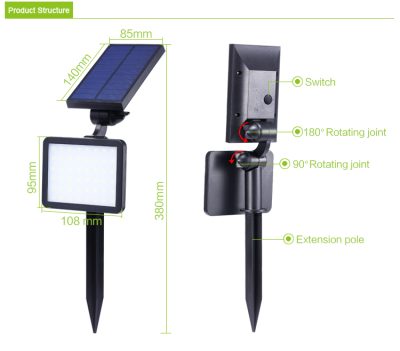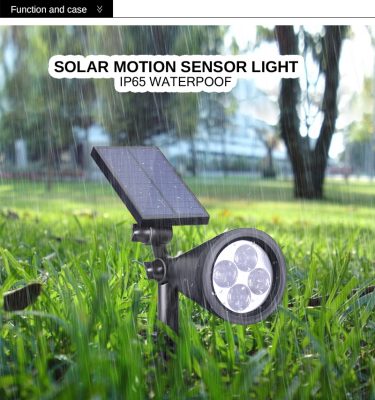Smart street lights rely on smart light poles and LED street lights, integrate WIFI base stations, cameras, infrared sensors, radars, electronic displays, charging piles, environmental monitoring sensors, etc., and become an information carrier to realize data monitoring, environmental monitoring, vehicle monitoring, A comprehensive smart city information management platform for security monitoring, underground pipe network monitoring, urban flood disaster warning, regional noise monitoring, and citizen emergency warning lights.
Smart street lights take light poles as the core and integrate functions such as lighting control, video surveillance, voice broadcast, public WI-FI, alarm for help, air monitoring, green charging, information release, advertising interaction, parking space monitoring, and manhole cover monitoring. To achieve the effect of “multiple shots in one, one shot for multiple abilities”.
After the promotion and application of smart street lights in cities, a large-area cross-platform “new smart city” Internet of Things and big data architecture can be constructed, which will effectively reduce the public investment in road facilities and greatly save the construction cost of smart cities. The implementation of the “Internet +” strategy has brought tangible benefits to the government, the public and enterprises.
Smart city is the use of information and communication technology to sense, analyze, and integrate various key information of the core system of urban operation, so as to intelligently respond to various needs including people’s livelihood, environmental protection, public safety, urban services, and industrial and commercial activities. . Its essence is to use advanced information technology to realize the intelligent management and operation of the city, thereby creating a better life for the people in the city, and promoting the harmonious and sustainable growth of the city.
The promotion of 5G network and Internet of Things is an opportunity for the development of smart street lights. The 5G network is quite different from the 3G and 4G networks. In addition to satisfying the previous enhanced mobile broadband scenarios, it also adds two scenarios of low-latency communication and massive machine communication. In other words, in addition to improving the communication speed between people, 5G networks must also meet the low-latency and high-density performance required for communication. Because 5G uses a higher frequency than 4G, although the transmission speed is increased, the signal transmission distance becomes shorter, so the demand for base stations per unit area increases. Compared with macro base stations, small base stations have the advantages of low volume power consumption, high integration, and convenient deployment. Therefore, the 5G era will give rise to huge demand for small base stations. There are three main installation methods for small base stations: pole installation, floor installation, and ground installation. The installation of small base stations on smart street lights is one of the most feasible pole-mounted installation methods, which will generate a large amount of demand for smart street lights. At present, the Internet of Things has been widely used in smart parking, smart cities, smart production, smart homes and other fields. The development of the Internet of Things will make smart street lights “smarter”. Using the Internet of Things wireless communication technology, through the Internet of Things, all smart street lights form a huge interconnected network, and the big data uploaded by each street light is sorted and distributed through the software platform to realize all-round real-time management of the city.
























